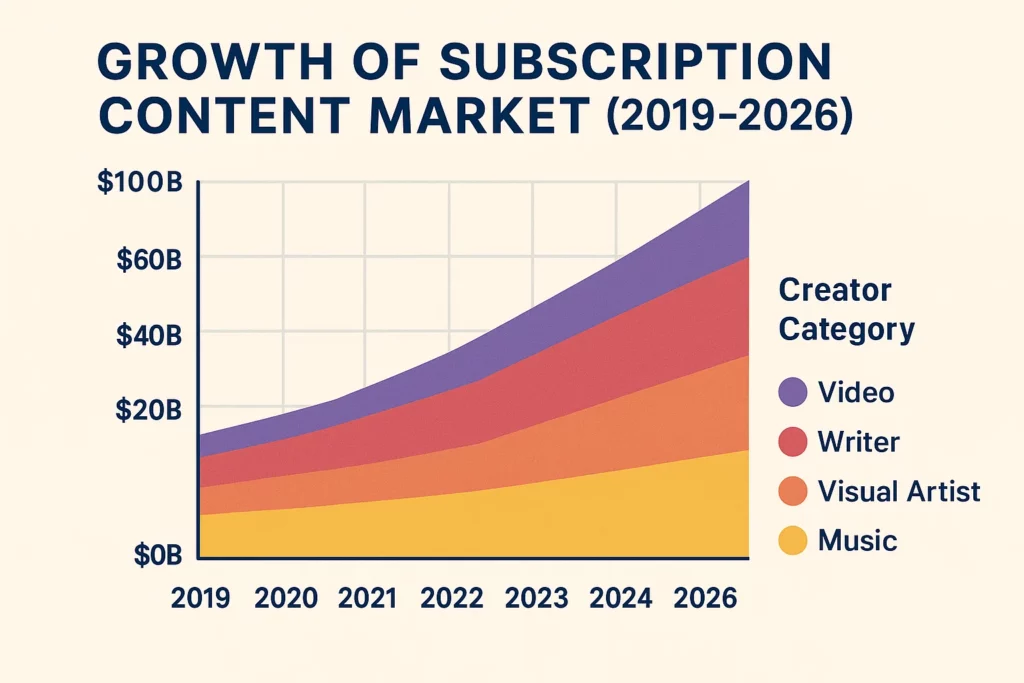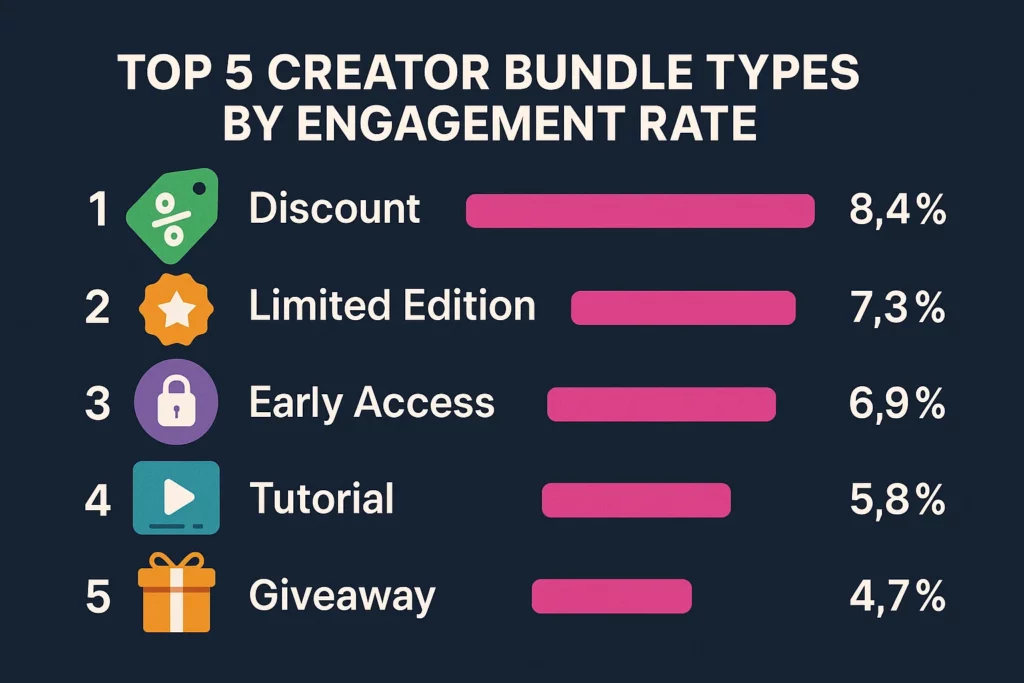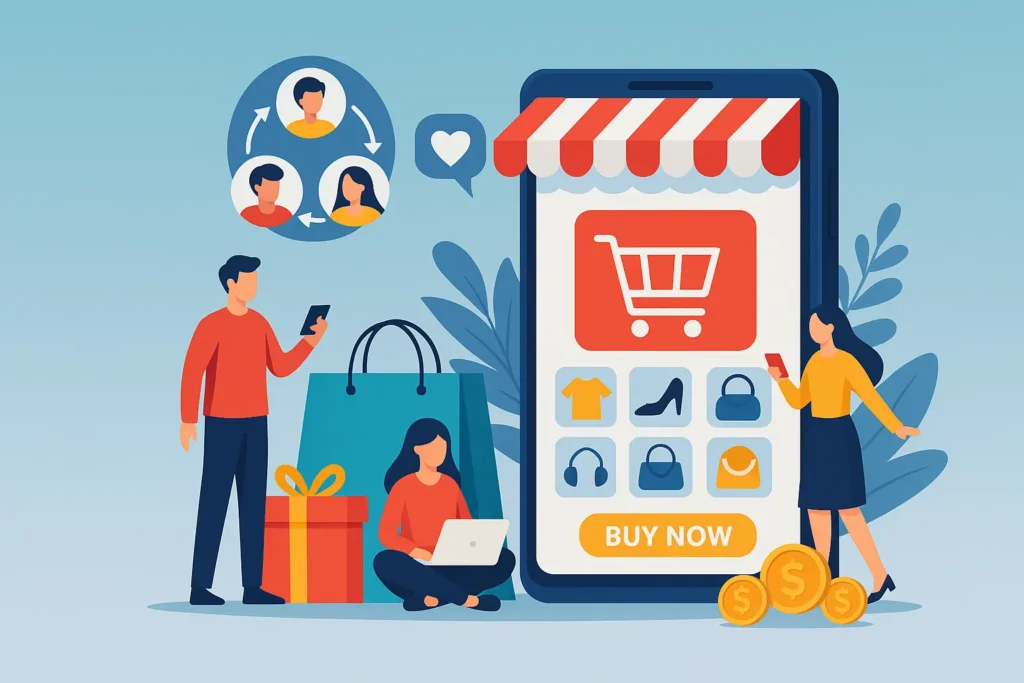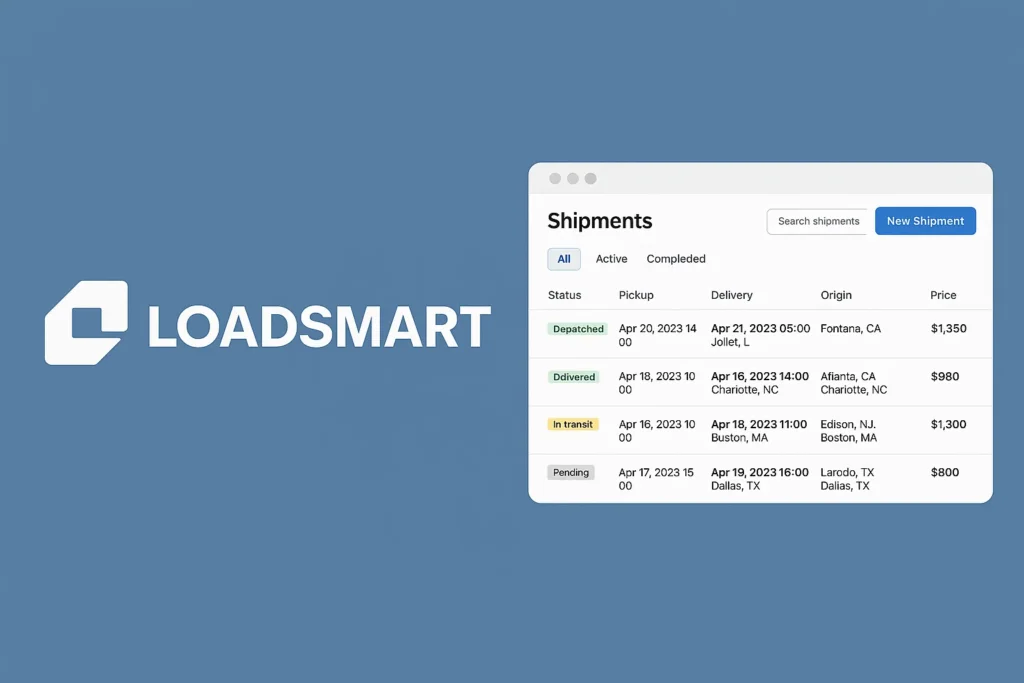Remember when content was just… free? Same here. But now, between binge-worthy podcasts, juicy behind-the-scenes videos, and life-saving business advice, creators are locking their best stuff behind paywalls — and users? They’re happily paying.
Whether you’re a TikTok creator tired of ad revenue peanuts or a fitness guru dropping exclusive routines, subscription-based platforms have become the digital version of the VIP lounge. They don’t just promise revenue — they offer recurring, predictable income. And that’s pure gold for startups and solopreneurs alike.
This blog unpacks the business models behind these platforms — think OnlyFans, Patreon, Substack — and helps you spot the perfect strategy for your next big build. If you’re eyeing a Netflix Clone Development or want to craft a fan-powered empire, Miracuves has your back with tech that monetizes from day one.
Why Subscription-Based Content Platforms Are Booming
If content is king, then subscriptions are the crown jewels. According to Statista, the digital media subscription market is expected to surpass $100 billion by 2026. Creators no longer need middlemen — they just need loyal fans and a slick app.
These platforms are thriving because they flip the script: instead of chasing views for pennies, creators focus on value — and their audience pays for it monthly. Whether it’s exclusive videos, early access, or personalized content, the model delivers both freedom and financial control.

Top Business Models That Power Subscription Content Platforms
1. Freemium-to-Premium Model
Let users taste before they subscribe.
Start with free content to hook users. Then, gate high-value content behind subscriptions. This model works wonders for platforms in education, fitness, or music. The free tier builds trust — the premium tier builds bank.
Examples: Spotify, Skillshare, Calm
2. Creator-Focused Monetization (Patreon Style)
Empower creators to earn directly.
Platforms like Patreon and BuyMeACoffee allow creators to offer tiered subscriptions. Fans pick a level and unlock rewards — from shoutouts to exclusive merch. The platform itself takes a cut (typically 5–12%).
Also Read :-Business Models That Fuel Successful Subscription-Based Content Platforms
Revenue Sources:
- Platform cut from subscriptions
- Platform-owned creator shops
- Featured content promotions

3. All-You-Can-Stream Model (Netflix Vibe)
Binge without boundaries.
Think Netflix, MasterClass, or CuriosityStream. Users pay a flat monthly fee for full access to a massive content library. This model thrives on volume and retention — if your content is sticky, this works like a charm.
Great for apps targeting niche audiences — finance videos, wellness, gaming tutorials.
4. Micro-Subscription Model
Small price, big numbers.
Platforms like Apple Arcade or local newspaper paywalls use micro-subscriptions — low monthly fees ($1–$5) to remove ads or access special features. This is perfect for mobile-first platforms or niche audiences.
Monetization Tactics:
- Bundling (e.g., access multiple creators under one plan)
- Dynamic pricing (based on usage)
Learn More :-How Much Does It Cost to Develop a Subscription-Based Content Platform in 2025
5. Content Bundling & Network Effects
Team up for profits.
Bundle content from multiple creators under themed packages — “Top Female Entrepreneurs,” “Fitness for Moms,” “Street Photography Masters.” This not only boosts perceived value but also creates network effects where one fan discovers others.
This is a great upsell model for platforms with dozens of medium-sized creators.

6. White Label Licensing + SaaS Access
Let others build on your engine.
A powerful angle for Miracuves-style clients. Offer your platform as a white-labeled service or SaaS model. Creators, coaches, or brands can launch their own subscription content apps using your infrastructure.
Revenue Streams:
- Setup fee + recurring SaaS
- Additional feature upgrades (analytics, CRM, etc.)
- % revenue share on in-app purchases
Bonus Hybrid Models for the Win
Truth bomb: most top-tier platforms mix 2–3 models.
- Patreon + Merch Store + Live Events
- Netflix-style + Micro-subscription add-ons
- Freemium + Content Bundling
Case Study Style: Substack allows free newsletters, paid newsletters, and even podcasting add-ons — all on one dashboard. That’s hybrid monetization in action.
What Makes a Subscription Content Platform Monetization-Ready?
Before you rake in revenue, your app needs the right features:
- Smart Paywalls (triggered by content type or usage)
- Multi-Tier Subscriptions (with upsell UX)
- Custom Creator Dashboards (analytics, payouts, fan engagement)
- Secure Payments (Stripe, Razorpay, crypto-ready)
- Push Notifications (reminders, content drops)
This is where Miracuves comes in — building fast, scalable clones or custom builds tailored for growth.
Read More :-How to Market a Subscription-Based Content Platform Successfully After Launch
Conclusion
A great subscription content platform isn’t built on hype — it’s built on smart, sustainable business models. Whether you’re targeting indie creators or niche binge-watchers, your path to profit starts with choosing the right structure.
At Miracuves, we help innovators launch high-performance app clones that are fast, scalable, and monetization-ready. Ready to turn your idea into reality? Let’s build together.
FAQs
How do subscription-based content platforms make money?
Through user subscriptions, in-app purchases, creator fees, and sometimes ad overlays or affiliate links.
What’s the best model for new content platforms?
Freemium or micro-subscription — they lower entry barriers and let users grow into paying customers.
Can I build a Netflix-style platform for niche content?
Absolutely. Niche platforms (e.g., finance, parenting, language learning) often see higher retention and lower churn.
How does white labeling work in subscription platforms?
You provide the tech (your platform), and others resell or brand it as their own — often with licensing fees and revenue share.
What role does UX play in monetization?
Massive. Clean paywalls, clear upgrade paths, and engaging dashboards all influence subscription rates and retention.
How can Miracuves help me build my content platform?
Miracuves specializes in scalable, clone-based or custom-built apps that are optimized for monetization from the get-go.
Related Articles :-








